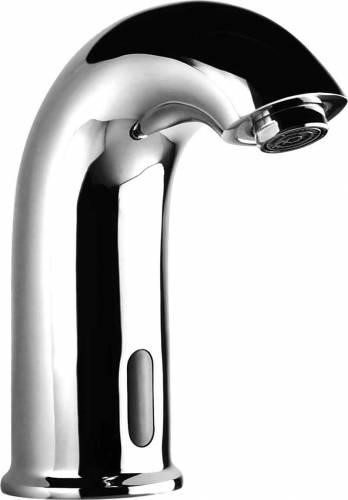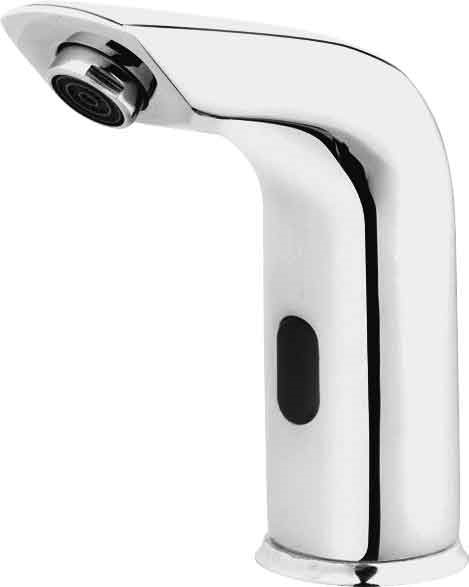
How Do Photocell Faucets Work?
In today's world, where hygiene is of utmost importance, photocell faucets are becoming increasingly popular in public toilets, hospitals, restaurants, and other areas with a high density of people. Photocell faucets use a sensor to detect the presence of the user's hand. Thanks to this sensor, the water flow is automatically turned on and off. In addition to being hygienic, photocell faucets also help save water by ensuring that water flows only when needed.
So, how do they work?
How Do Photocell Faucets Work?
Photocell faucets use infrared technology to detect the presence of an object in front of it. This causes the flow of water to be activated. The sensor emits an infrared beam that reflects off the object and returns to the sensor. If the person using the faucet is close enough to the sensor, the reflected beam will trigger the sensor to activate the water flow.
In fact, the technology behind photocell faucets is simple but highly effective. When a person puts their hands under the faucet, an infrared sensor detects their presence and sends a signal to the solenoid valve that controls the flow of water. Once the user's hands are removed, the sensor signals the solenoid valve again to shut off the water flow.
What is a solenoid valve is an electromechanical device that controls the flow of water in the faucet. It is connected to the water supply line of the faucet. It opens and closes the valve to allow or stop the flow of water. The valve is controlled by an electronic circuit that receives signals from the sensor and activates the valve accordingly.
Photocell faucets are designed to save energy and water. It reduces water waste by ensuring that water flows only when it is needed. In addition, photocell faucets are hygienic as users do not need to touch the faucet handle, which is one of the places where germs or bacteria are most likely to be. This makes them ideal for use in public toilets, hospitals, and other areas where hygiene is of utmost importance.
While photocell faucets are generally easy to use, they require regular maintenance to ensure that they function correctly. The sensor and solenoid valve should be cleaned regularly to prevent dirt or debris from interfering with their operation. The valve may also need to be replaced periodically if it is worn or damaged.
Benefits of Photocell Faucets
Hygiene Touchless faucets are a hygienic solution as they eliminate the need for users to touch the faucet handle.
Water Saving: Touchless faucets are an excellent way to save water as they allow water to flow only when it is needed. This will prevent wasted water due to users forgetting to turn off the faucet.
Convenience: Touchless faucets are convenient to use as they do not require manual operation. Users simply place their hand under the faucet and the water flow is automatically activated. This is ideal for use in situations where users may have their hands full or have difficulty turning the faucet handle.
Durability: Photocell faucets are durable and long-lasting because they have fewer parts than traditional faucets. This means they are less likely to break or malfunction, reducing the need for repair or replacement.
Although they may require some maintenance, the benefits of photocell faucets far outweigh the minor hassles of maintenance. If you don't yet have a photocell faucet, consider installing one in your home or office today!

